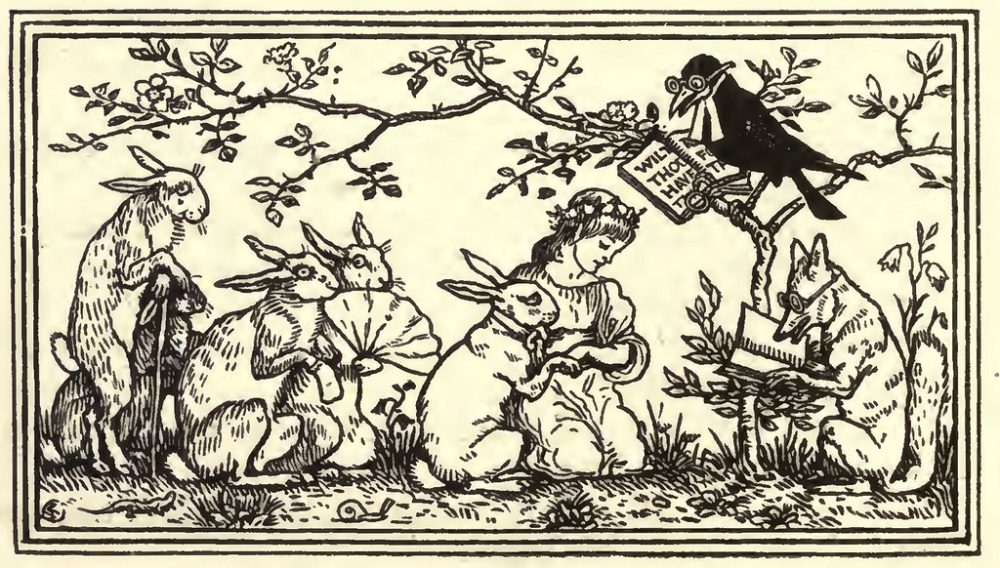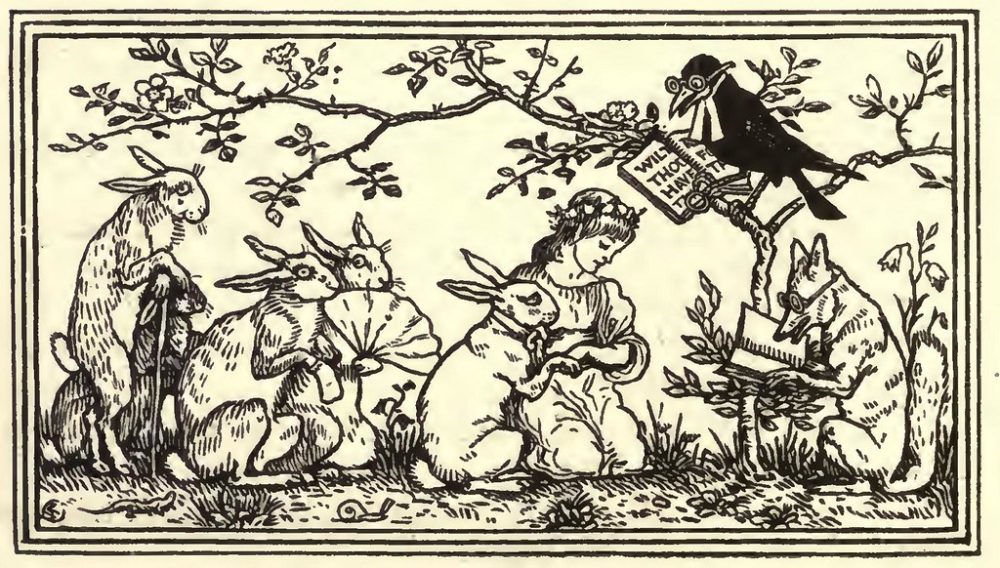
Fairy tales are extremely old, some experts estimate the tradition is 6000 years old.
This children’s story is far more “metal” then the one we tell today.
It is no question that several of the original Grimm’s fairy tales have aged quite terribly, with some being referred to by many under the tongue-in-cheek title of “Grim Fairy Tales”. However, one of the most beloved children’s fairy-tales to come from such a dark and bizarre origin is that of “Little Red Riding Hood”.
The story of Little Red Riding Hood is pretty much common knowledge at this point, however it should be repeated in its more well-known version before diving into its original telling.
Red Riding Hood is a little girl nicknamed such for the red jacket she always wears. On her way to bring food to her sick Grandmother’s house, she meets a cunning wolf who inquires about her business, learning from the innocent little girl where her grandmother lives.
He then distracts the girl by encouraging her to pick flowers while he rushes to the Grandmother’s house and devours her, taking her place in bed.
Red Riding Hood arrives and discovers the ruse too late, before she is either swallowed whole as well or is chased through the forest by the wolf. In the end, she and her grandmother are both rescued by a woodcutter in the area and live happily ever after.
Here is the original tale published in the book “Mother Goose Tales” by Charles Perrault. Upon learning of Red Riding Hood’s grandmother, the wolf rushes to the house, kills the grandmother and then slices the corpse into meat cuts as well as gathering her blood in a bottle.
Red Riding Hood arrives soon after with bread and milk. The wolf, disguised as the grandmother, urges the girl to eat the “meat and wine” in the cellar.
Though it is only implied, a cat notices and calls out Red Riding Hood for eating her grandmother naming her an insensitive epithet. The wolf then encourages Red Riding Hood to enter the bed with him after throwing her red jacket into the fireplace, insisting she won’t need it anymore. Red Riding Hood complies and is devoured. Where is the woodcutter? He’s not in this story. That is how it ends. Rather horrifying in today’s standards wouldn’t you say?
French Author Charles Perrault, responsible for compiling other fairytales, most notably “Cinderella”, spoke out in defense to the backlash this story received.
In an article on the blog “Once upon a time” by Genevieve Carlton, Perrault stated the story was about the danger of trusting strangers which he personified as a wolf, those appearing “gentle” to be “most dangerous.”
Upon further examination, his symbolism becomes less and less subtle. For instance, the “gentle” wolf encouraging the girl to leave behind her jacket (symbol of the innocent person she was before) and join him in bed.
Folktales at the time were not meant to entertain, but educate. With a life expectancy significantly shorter than our current ones, children were raised to be moral and careful as they matured faster.
A story with a terrifying conclusion is far more effective and real than one with a happy ending. There are still wolves who mask their intent by appearing “gentle” that is the true horror- how correct the original story is in today’s standards.
